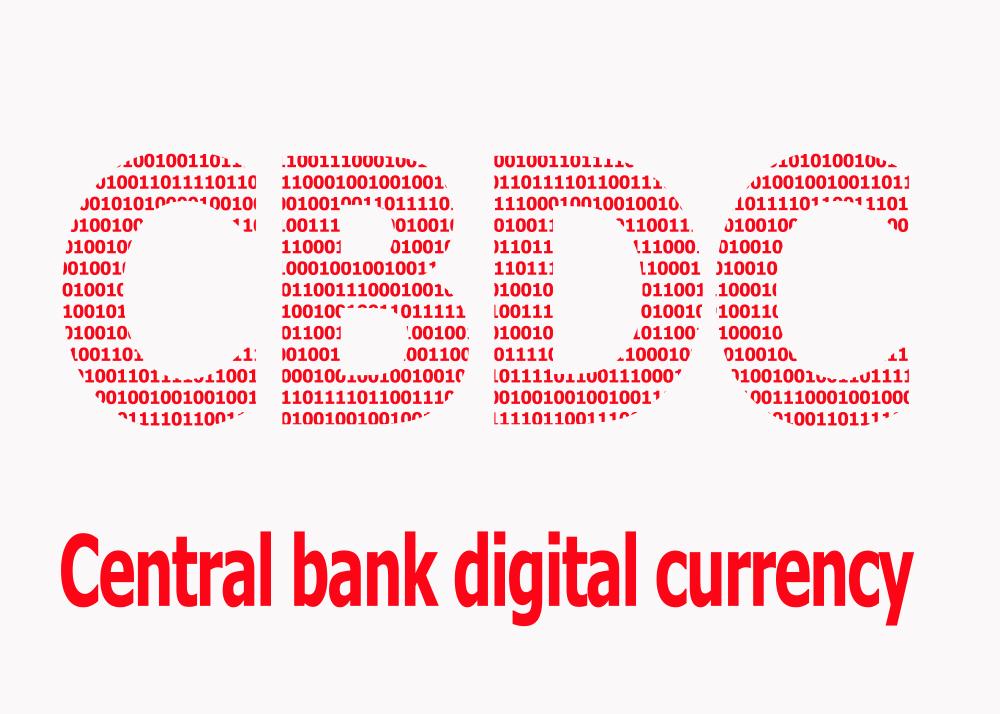IMF Says CBDC Should be Environment Friendly
In the last few years, the digital asset industry has seen massive growth and expansion. But, their popularity has also drawn attention towards some of the issues associated with cryptocurrencies. These include the environmental impact of digital currencies that use of the proof-of-work (PoW) protocol for mining, such as Bitcoin.
The International Monetary Fund (IMF) conducted a study to assess the environmental impact of digital currencies via energy consumption. According to the study, the design choices need to be taken into consideration in order to develop an environmental-friendly mainstream payment system.
Results of the IMF Study
The title of the study conducted by the IMF was ‘Digital Currencies and Energy Consumption. As the name indicates, its goal was to assess the consumption of energy of crypto assets, depending on the protocol they use. This was done to identify the best design for creating a central bank digital currency (CBDC).
The study by the monetary organization was mostly focused on doing the groundwork for developing policies that are related to the impact of cryptocurrencies on the environment. Recommendations from the IMF also include abandoning the proof-of-work protocol by protocols and to make the switch to distributed ledger technologies, which do not inflict damage to the environment.
The IMF said that Bitcoin was particularly a concern in this regard because statistics show that the world’s first crypto consumes about 144 TWh every year. While there are scalability solutions that can be used for cutting down the energy cost for every transaction, this does not mean that they can reduce the overall consumption of energy.
Non-PoW Methods are Better
According to the IMF, it is better to switch to a non-PoW method because they can offer higher energy efficiencies. As a matter of fact, the energy consumption of these models is even lower than that of the traditional financial sector. The monetary authority said that the energy savings could be seen in areas of user payment and also because of the core processing architecture.
The IMF also discussed about the design for central bank digital currencies (CBDCs), which have become a hot topic these days. It said that environmental friendliness should be one of their characteristics. This can be ensured when choosing the software and hardware designs, along with platform. The IMF said that the carbon footprint of these digital currencies should be significantly lower than the legacy systems used by central banks.
Some of the other features that were recommended by the IMF for CBDCs included compliance, high resilience and offline operation capabilities. In addition, policymakers should also evaluate the environmental impact of the technology used in their development. The IMF estimated that about 47.3 TWh energyis consumed by global payment systems on an annual basis. It is equal to the energy consumption of some of the countries like Bangladesh and Portugal.
Some projects in the blockchain space have also been making efforts to become environmentally friendly. A tracking system for carbon footprint has been developed with a collaboration between Dell Technologies and the Iota Foundation.










